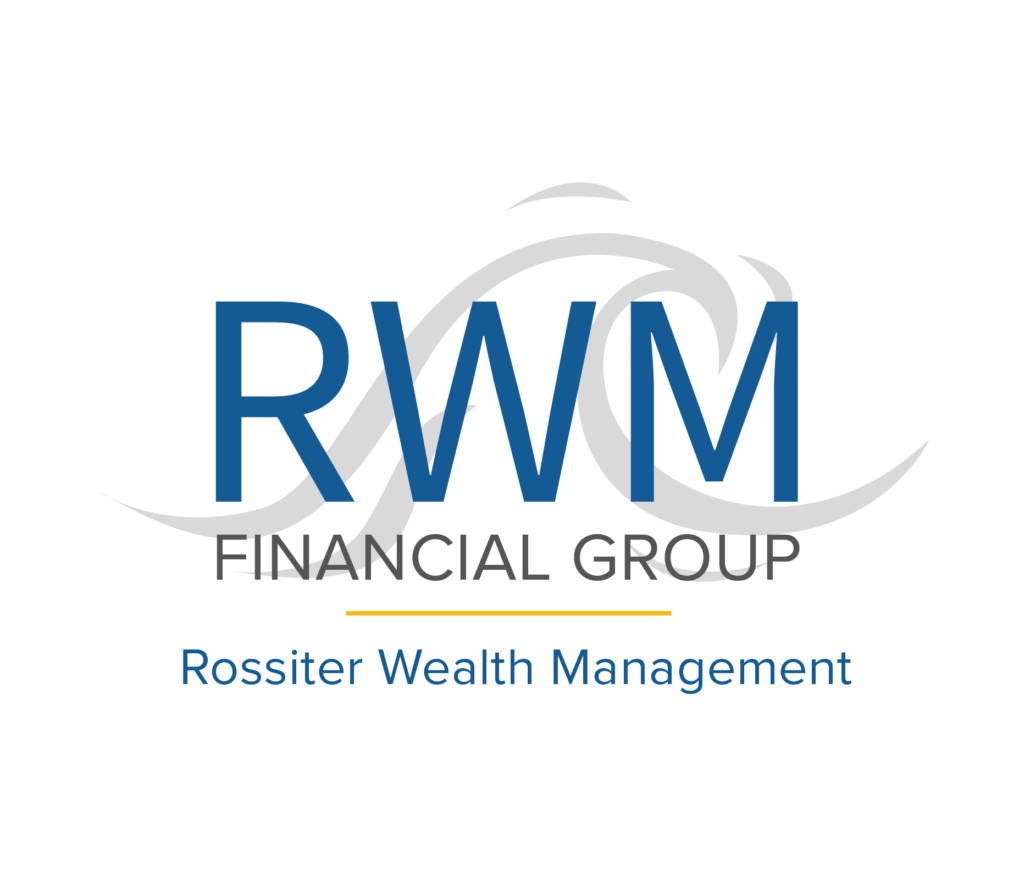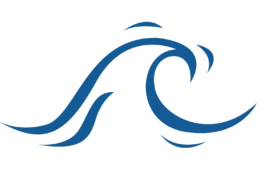As an employer, offering a retirement plan is one way to help your employees realize their post-career goals after their years of hard work. When you’re designing your retirement plan, there are key areas to be aware of based on your entity type, such as governmental agencies and non-governmental businesses in both non-tribal and tribal organizations. If you’re unaware of these various factors and differences, you could face administrative and legal challenges.
We’ll share the common—and sometimes costly—mistakes we’ve encountered working with these different types of businesses and explain how you can seek to avoid similar challenges.
Mistake # 1 Not Discussing Your Goals and Needs
Many businesses elect to work with a third-party professional who specializes in retirement plan design and administration. However, the partnership can pose problems when the third party offers a standard prototype design without fully understanding your business type and goals. It’s critical to interview potential third parties to ensure they are well-versed in tailoring a plan to your organization. Ask them questions and discuss which features or strategies are appropriate as you’re establishing your company’s retirement plan.
For example, we frequently come across businesses offering a 401(k) matching program that have not yet adopted a safe harbor provision. There are qualifying factors, but the safe harbor provision helps you maintain compliance and avoid the expense of annual nondiscrimination testing required by the IRS. Unfortunately, many businesses are not made aware of this option and the cost savings available.
Mistake # 2 Setting Up the Wrong Type of Plan for Your Business
Every entity that sponsors an employee retirement plan must follow specific guidelines under various governing boards such as the IRS and the Employee Retirement Income Security Act (ERISA). The type of retirement plan you establish is essential to remaining compliant while not taking on unnecessary risks or costs. However, if you are unaware of the key differences, you may find yourself in a plan that’s unsuitable or costly to your business. Let’s look at a couple of examples.
-
Non-ERISA Plans for Governmental Agencies. It’s critical to know that on the governmental side for non-tribal and tribal agencies, you may be eligible for a non-ERISA plan, excusing you from the requirements found in a traditional ERISA plan. However, once you have filed a standard ERISA plan with the IRS, you cannot reverse it. This can be a damaging revelation for an agency that has implemented a traditional plan and unnecessarily opened itself up to Department of Labor audits and ERISA requirements.
-
457 Deferred Compensation Plans. The same situation occurs when assumptions are made and a tribal government establishes a 457 plan, committing to its guidelines and associated administrative costs. In traditional, non-tribal governments, a 457 may be appropriate; however, tribal governments, unrecognized under 457 regulations, are usually best suited with a non-ERISA 401(k). In this case, it’s challenging for a tribal government to terminate a 457 plan, which requires lengthy IRS approvals.
Mistake #3 Not Using Technology
Sometimes companies set up a retirement plan without a clear strategy for leveraging technology.
As a plan sponsor, you have a legal obligation to ensure your employees adequately understand the plan’s details. Technology can help to simplify this area. For example, if you have a payroll site where employees can view and print their statements, you may consider adding your retirement plan disclosures, forms, and other resources. This way, you’ll stay compliant and reduce your fiduciary risk while giving employees a central location for important retirement information.
When employees feel more informed and engaged in their retirement benefits, we’ve found they’re more inclined to participate and take an active role in their financial future. And technology and access can be significant factors in helping them pursue their goals.
Mistake #4 Not Providing Employee Education
It can be difficult to coordinate schedules and carve out an hour for your company’s retirement plan education. However, not providing employee education can have long-term consequences.
As we’ve mentioned, providing employee education is part of your fiduciary responsibility as a plan administrator. Employees should be aware of the plan’s details and have an opportunity to ask questions and learn about plan updates, economic and business news, and general investment planning. In extreme cases, you could violate your duties and be at risk for employee litigation in the future by not providing suitable educational opportunities.
Whether through technology or group meetings, we encourage you to establish a retirement plan strategy that consistently promotes employee education. You may also think about how your education needs to shift based on your audience—for example, when speaking to executives versus frontline employees.
We do this for companies by taking advantage of regularly scheduled team meetings or trainings and simply dedicating a few minutes to the retirement plan and employee questions.
Mistake #5 Not Establishing an Investment Committee
As you can see, you must stay up-to-date on the various administrative duties and evolving regulations regarding your company’s retirement plan—and establishing an investment committee can be the determining factor in meeting those needs.
Your investment committee will be the fiduciary body responsible for managing and updating your plan, ensuring investments are appropriately diversified and fund fees are reasonable, and ultimately acting in your employees’ best interests.
When forming a committee, consider who can effectively represent your employees and inform their needs. For example, you may find a group of executives, HR staff, and a third-party partner are sufficient for your company. In contrast, another company may also appoint employee delegates based on their various employee subsets for additional accountability.
Creating a Strong Foundation
There are many moving parts when designing, implementing, and administering a retirement plan. However, when you focus on the key areas in your initial design or partner with a professional specializing in retirement plans and administration, you can strive to avoid the common challenges and unnecessary costs while helping your employees succeed.
At RWM Financial Group, we help commercial businesses and governmental agencies design and oversee well-managed retirement plans in non-tribal and tribal organizations. Learn more about building a custom, cost-effective strategy that is compliant and promotes success for you and your employees.
This information is not intended as authoritative guidance or tax or legal advice. You should consult your attorney or tax advisor for guidance on your specific situation. In no way does the advisor assure that, by using the information provided, plan sponsor will be in compliance with ERISA regulations.




